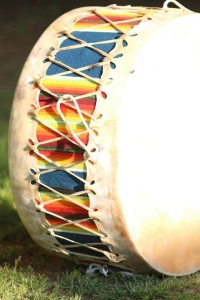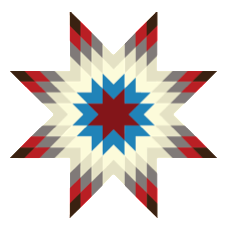The University of Oklahoma Department of Native American Studies recognizes the complexity and diversity of Indian Country. And significantly, we are representative of that diversity. Our faculty, staff, students, and alumni are both Native and non-Native. We represent federally recognized tribes, state-recognized tribes, and unrecognized tribes. We are citizens of dozens of tribal political entities and are related through kinship and cultural practice to many, many more indigenous communities. Some among us are tribally enrolled citizens; others are not. Some are fluent speakers of our Native languages; others are not. Some engage in traditional religious practices; others do not. Some powwow, some stomp. We are urban, reservation, and rural. We are local and global. We hold many divergent philosophies and perspectives, and we welcome the vigorous and collegial debate of those perspectives.
Together, we are committed to using distinctly Indigenous perspectives to place the sovereignty of Native nations and the cultures of Native peoples at the center of academic study and community-engaged research.
Together, we are committed to providing a deeper understanding of the unique political status of tribes and to examining contemporary tribal issues, as well as tribal cultures and histories.
Together, we represent and embrace the complexity, vibrancy, and diversity that is Indian Country.



